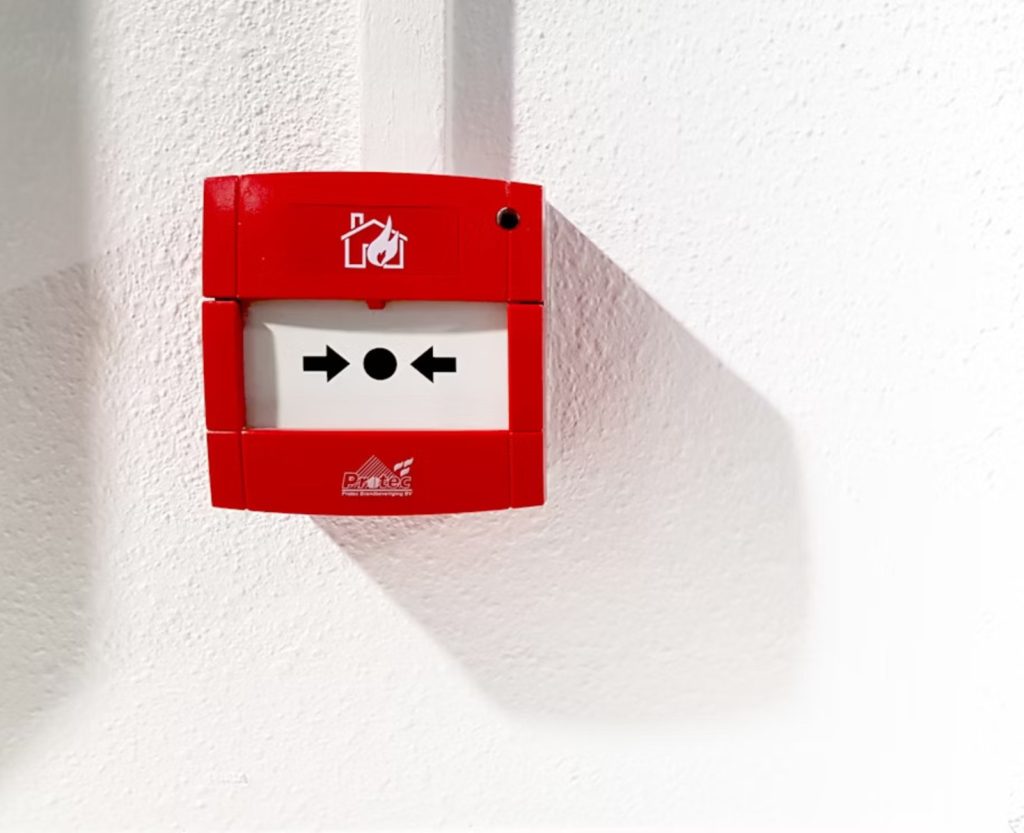With the help of predictive analytics and targeted promotion, eCommerce managers can make proactive actions based on real-time data. As a result, you can develop new strategies and offers to improve conversion rates on websites that eventually lead to increases in the company’s revenue.
Why are conversion rates important?
The number of visitors to a website who fulfil a targeted objective (a conversion) out of the total number of visitors is referred to as the conversion rate. It is an efficient method to compare and contrast the performance of all your advertising platforms.

Conversion rate tracking allows you to assess the effectiveness of your website and applications. Moreover, improving your conversion rate helps you make more purchases with the same number of visitors. Conversion rates analysis can effectively identify your best-promoting channel. Therefore, improving conversion rates should be the priority of any eCommerce business.
What is predictive analytics? How does it work?
The standardization of “viral” in demand has become such a common phenomenon in the digital age. If an eCommerce service wants to increase its conversion rate, it must know the trend as fast and accurately as possible. This is the case where predictive analytics become helpful.

In simple terms, predictive analytics is a form of statistical analysis that focuses on using insights from data to forecast future trends and behaviour patterns. It involves machine learning algorithms, data mining, statistics, customer data, and modelling to detect patterns in a vast amount of data and make careful predictions about what trends are on the rise.
Predictive analytics ensures that the recommendations you propose to customers are most accurate to their preference.
How predictive analytics increases conversion rates
Based on visitors’ locations, demographic information, languages, preferences, previous site visits and purchases, predictive analytics can identify their needs, interests and buying habits. As a result, it can create a personalised buying experience for the customers.
Optimise website pages
Not every customer needs to view the same landing page when visiting your website. For example, based on the visitors’ locations and languages, they can land on a page that is appropriate for their country.
Moreover, suppose a customer visits the website via a discount link or other offer. In that case, you can create a pop-up showing whether the promotional code has been applied or not. This can help reduce confusion and possibly convince them to take advantage of the deal.
Personalise products and offerings for customers
It is possible to predict what a customer will buy in the future based on what they have searched for and bought in the past. This is how Amazon and many big eCommerce enterprises have used their collected data to build recommendation engines for customers.

If the site has a huge inventory, showing the most valuable goods to the shoppers may have some significant benefits. For example, when a buyer is welcomed with offers that catch their interest, they are more likely to stay on the site and place an order.
Customise emails
According to research by Experian, personalised emails have 29% higher open rates and 41% higher click rates compared to generic ones. From customers’ information, you can tailor emails that engage their preferences and encourage them to click through the sites.
Predictive analytics is all about finding what the customer is most likely to desire, helping them to locate it, and offering incentives to buy it.
What are targeted promotions? How does it work?
Leveraging retail analytics, merchants could develop better advertising and promotion plans that are tailored to their target customer base. This allows them to focus on their target market and take advantage of their activity’s online audience base.

Targeted promotions help put your message in front of people who would benefit the most from your products and services. As a result, it will raise your conversion rates.
How targeted promotions increase conversion rates
With an accurate message for a targeted group of leads, you’ll have a higher chance of capturing their attention and converting these leads into customers.
Targeting new website visitors
The average time for your traffic to bounce from your website is 15 seconds. If you want them to make purchases, you need to capture their attention quickly.
You can attract them with a promotional offer by letting them register for a contest or offering free gifts in return for their emails. In addition, you can provide them with high valued content weekly, monthly and yearly to keep them interested, engaged, and hooked to your site.
Targeting returning website visitors

One way to make returning website visitors become paying customers is to offer them some . Another method is to provide free shipping on physical products. These deals are so enticing that your visitors can’t resist. You’ll please your loyal readers and improve your sales conversions as well.
- More use cases: In-store Retail Analytics
Utilising targeted paid traffic
Targeted paid traffic can be an opportunity for you to test ad copy, tweak photos and do other things to ensure that you provide the most suitable message to your potential customers. Furthermore, conversion rates and engagement will enhance remarkably if you offer visitors generated through paid traffic a promotion during 7-10 seconds of their landing on your website.
Conclusion
Due to the blooming of the digital world, eCommerce websites are struggling to compete for higher conversion rates. By using predictive analytics and/or targeted promotion in retail analytics, you can make effective strategies and deliver enticing offers to your potential buyers. As a result, your eCommerce website will stand out from others and gain paying customers that will bring profits to your business.
Adopt retail analytics with us right now to lead your eCommerce business to success!
How useful was this post?
Click on a star to rate it!
Average rating / 5. Vote count:
No votes so far! Be the first to rate this post.




